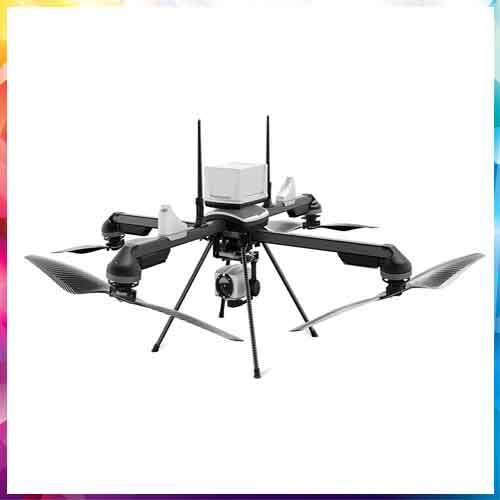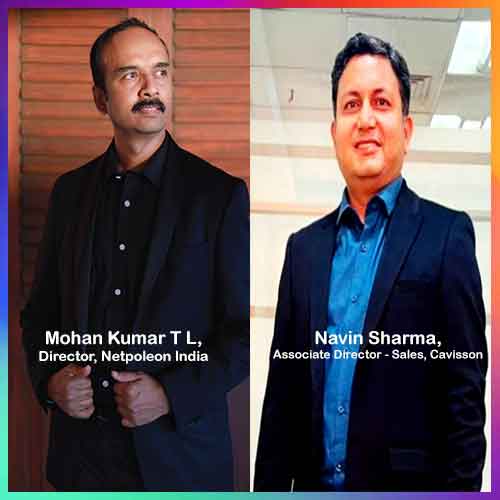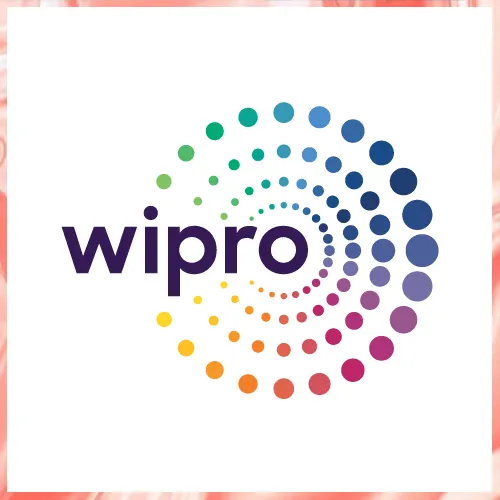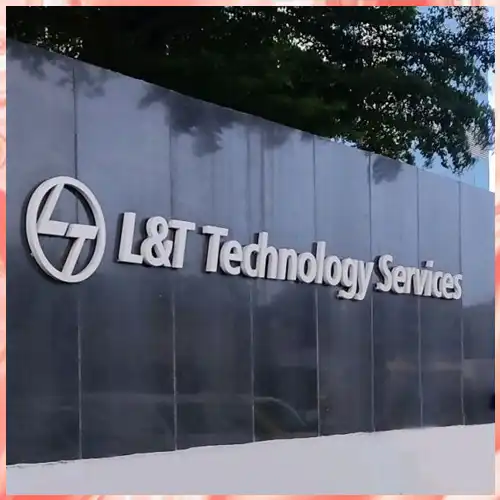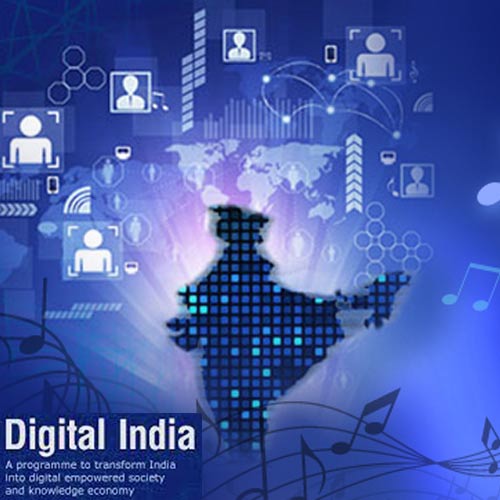
In today's digital age, consumers and business are now embedded in newer technologies. More technology means more jobs. To win in the new Digital Age, there is a race among companies to get the required tech talent they need to help them transform. Sustained technology investment has led to millions of skilled employment opportunities across the country.
Technology is a great leveler. Digital India is the programme to improve digital connectivity and uses IT services to deliver various services and information to people in India. We are in the sweet spot on the demographic curve, with the majority of our population young and productive. The programme recognizes at the onset that the young Indian talent still remains untapped. The potential of Information Technology needs to be channelized and innovations like recharge sachets of Rs 5 and Rs 10 can fan a revolution that will transform India into the world’s second-largest telecom market in terms of mobile phone users and, subsequently, Internet users.
Digital India is a very strong word coined by PM Modi that brings confidence among the entrepreneurs and technocrats. It also brings confidence to think beyond the box. Most of the newer technologies are being implemented in India as the testbed; India is the hub for providing services to US and rest of the world. With this it clearly justifies a digitally empowered India on how it is getting ready for the technology tomorrow.
2018 will be the golden year for the Indian ICT Industry, as more than 50% of smart city tenders are to get smart. The tenders of many of the cities are on the final stage/handing over the LoI (Letter of Intent) stage. Under the smart city programme, each city will be given Rs 500 crore by the Centre over the next five years. The states will have to make a matching contribution.
Closed-circuit televisions (CCTVs) and Wi-Fi are primary building blocks of a smart city. However, in India, the penetration of Wi-Fi and CCTVs have been disappointing. This has left large parts of the population unconnected and unwatched. According to statistics by the Telecom Regulatory Authority of India (TRAI), India has a mere 31,000 Wi-Fi hotspots as compared to 1.3 crore in France and 98 lakhs in the US. The UK has one CCTV for every 14 people, while India is believed to be nowhere near (exact figures are not available). But both Wi-Fi and CCTV could get a big push in 2018.
CCTV will see twin changes in 2018 - more deployments and a switch from analogue to internet protocol-based cameras. The video surveillance market is expected to more than treble from $700 million in 2017 to $2.5 billion by 2020. Most of the cameras will be installed in public places and commercial establishments, with the share of households at just 13 per cent.
Various departments are adopting newer technologies with disruption to make things smooth, safe and secure in their respective departments. The Indian Railways wants to ensure 2018 to be safer for women by installing Wi-Fi routers on trains, railway stations and CCTVs across all stations. The Central Government is giving a major push to Wi-Fi with plans to deploy 7.5 lakh public Internet hotspots by the end of 2018. The Wi-Fi roll out, mainly focused on providing high-speed Internet in semi-urban and rural areas will be carried out by Reliance Jio, Airtel, Vodafone, Idea Cellular and state-owned BSNL, apart from ISPs.
With the pace the things are happening today, by the end of 2018, India might still fall short of global averages in public internet access and cameras, but will definitely be better placed than before.
Tags: Digital India, entrepreneurs, Digital Age, PM Modi, Indian ICT Industry, CCTVs, wifi, smart city, trai, Telecom Regulatory Authority of India, hotspots, varindia,
See What’s Next in Tech With the Fast Forward Newsletter
Tweets From @varindiamag
Nothing to see here - yet
When they Tweet, their Tweets will show up here.










